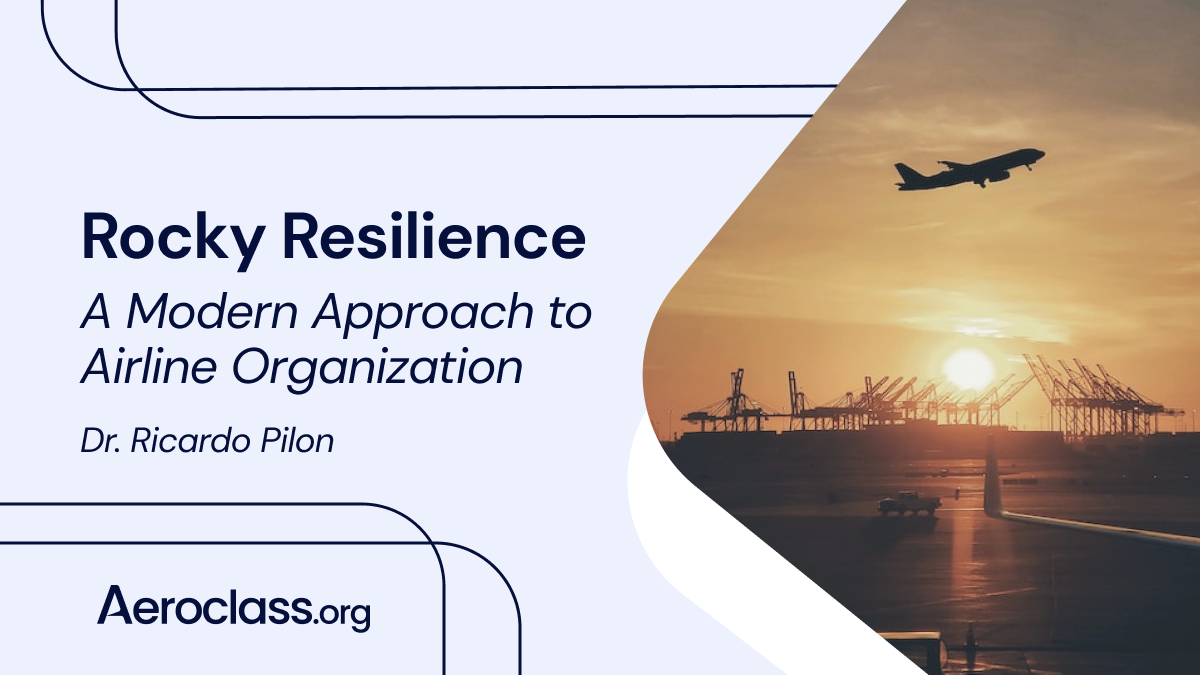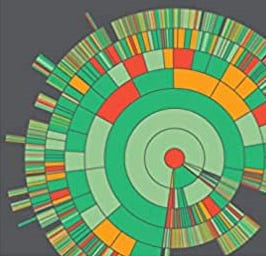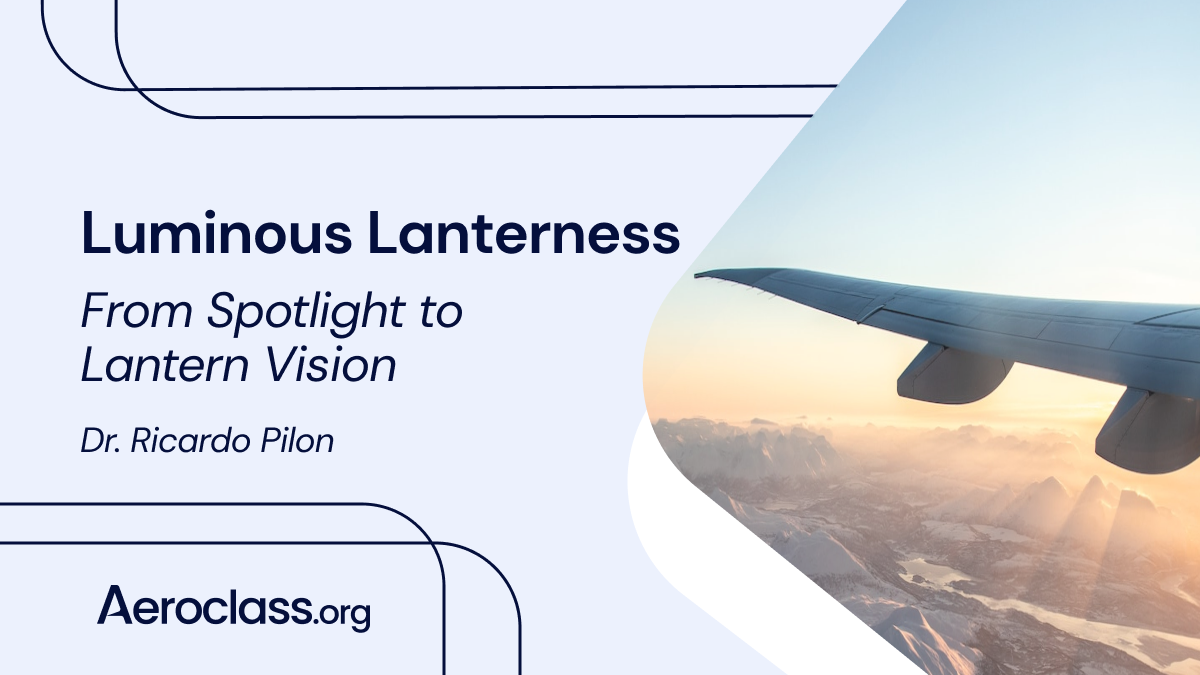Elevator SMS: Safety or Bureaucracy First?
Instructors · 2 min read
Whether you are planning a trip or just dreaming of one, check our recommendations for the best airlines to fly to Japan!

It’s a real cliché, and an embellished description. An itty-bitty butterfly’s wing flapping cannot cause a hurricane on the other side of the world. But Native American tribes did interpret butterflies in specific ways, such as the belief that ancestors communicated through them. And indirectly, the butterflies represent change, transformation, comfort, and positivity.
Perhaps this sounds better than the harder words often used in business and in aviation. Moreover, ‘resilience’ has also become a cliché word now. And with the primary meaning referring to “withstanding” something and the “bending back in shape” does not have a positive connotation, necessarily. But then again, I’m not a linguist.
However, when you look at airlines adapting their structures to new business needs by considering AI technology and emotional ripple effects of phenomena like group thinking, there are other domino effects that undermine the goals the airlines want to achieve.
What is the difference in effects of ripples and dominos when it concerns emotional systems impeding progress? And how can change management mature in modern times when we use machines to automate humans’ thought processes and experiences? What are emotional systems in org design?
Read on to find out more about making airline enterprise change possible in this first part of two articles.

One of the most difficult things to change in airline organization design is not (contrary to common belief) the people and habits around processes and technologies. Resistance is also not mostly attributable to the ‘silo solutions’ that have been enforced by software vendors that limit enterprise level changes [which they do].
The toughest one is learned behaviors in terms of attitudes and beliefs. Those exist more so in silos than throughout the company, but most executives talk about “company culture”, which is more intangible.
Specifically, internal beliefs can be intruders. Not the marketing slogans that are a bit disconnected or not verifiable (e.g. “America’s only First Class Airline” – Delta; “Nonstop you” – Lufthansa or “Fly the Friendly Skies” – United). Internal beliefs are either imprinted by founders, (former) executives or created in people’s own heads).
And some can be very damaging and undermine organizational change. Some well-known ones:
· “We” are very hands-on
· “We” cannot change this; it is what the airline was founded on
· “We” trust our people more than systems
· “Our” organization has never changed because it works
· “We” are unique
· “There cannot be anything we have not thought of ourselves”. *
* This was actually said to me by Alex Cruz in Barcelona when he was CEO at Vueling.
The thing about learned behaviors is that you learn how to act and develop common behavioural patterns at work through your daily encounters with your colleagues or events. Every experience matters, in that it reinforces the ‘schemas’. That is the butterfly effect. A repeated action that in time becomes more ingrained and spreads.
This butterfly effect in the above examples is a good illustration of the ‘group thinking’ phenomenon. It leads to people to feel as outsiders if they question something or disagree. It leads to “us vs. them” and divides people. How the pendulum swings depends on where the informal power is concentrated, and that is usually at VP, SVP, EVP level. But it’s toxic, and not that visible to CEOs.
And as airline organization grows, these schemas are often mis-interpreted for strong cultures whereas their growing scale is hitting all the unnatural barriers to change. Or preventing people to grow within the organization.
They are turned into specialists (like schedulers, marketing, pricing, RM, route analysts), instead of ‘bigger thinkers’ and problem solvers. So people learn technical tasks but not how to deploy their analytical skills (cognitive qualities) elsewhere and at a broader level.
As specialists, everybody becomes an obstacle as everything in their bubble exists for a reason that does not necessarily serve the company, but more the political and personal career agendas of some people. You can overcome that too (see article).
The learning of beliefs we ‘buy into’ results from repeated actions or a repetition of being slapped on your hand (‘you don’t conform!’). And it also works for actions and beliefs that have other negative consequences (“career limiting moves”).
One of them is that favoritism in rusty organizations grows. Cliques form and passive-aggressive moves (condescension, ridicule) become common in a sarcastic atmosphere. The domino effect of this is in the increase in hormone levels related to stress (cortisol), which is the flipside of tolerance, change, and productivity.
A radical way to break through this is by measuring each person’s contribution (impact and dollar terms) to the end measurable goal, often profits, cost savings, or reduction of climate impact (sustainability). Basically, what is the impact of person A’s job activity to person B’s job activity and bottom line.
When laid out as an icicle or union ring, as Rupert Morrison did a few years back, it is quite revealing how critical decisions are made and directly determine contributions to the end business results. Companies like Reconfig have a proprietary tool that focuses on how people work together that works.
The above anonymized image shows people, departments, and their activities’ impact on decision-making and results (red for critical). Some critical decisions are way down the corporate ladder (outside circles).
Or consider this organization below as an example. It shows individuals buried in the company but with critical impacts, reporting to divisional heads that do not provide critical inputs to the inner circle of decision-making (CXO) level:

Is this very cruel? Does this negatively trigger one or more of the 7 emotional systems (such as fear, or anger)? Can we trigger others, such as joy, or fulfil other psychological needs like self-actualization?
It depends how it is visualized and presented, which I will show in another article. In my experience, showing how each job connects to others and contributes to the bottom line has people asking me how training can help them propose enterprise processes that will use more of their core skills. It helps people to elevate their contributions outside silos and flatten the organization. It is also the path to enterprise solutions using AI (see article).
More importantly, it is a way to circumvent informal power circles and break open conventional structures that underperform (and are not measured as to how they do).
This is not always in executives’ interests. But that is changing rapidly as this talent will become the differentiator toward delivering on sought-after service models.
In my most recent experiences, I find that combining harder and softer approaches to organization design around real individuals and their emotional systems is the way out of endless re-orgs of which the impacts are not/cannot be measured. Either way, it will require more training of people in airlines to deliver on future business models and their needs.
These are the steps I find the most useful:
- Draw the organization in a way that shows which people/roles contribute (pos, neg) to end results (use the tools available);
- Draw the desired results (impact) and identify, then link the activities and people that will create it without considering the current organizational structure but with the help of AI-based applications across the enterprise;
- Highlight the required skillsets without placing them in departments;
- Map the skillsets to personalities and attitudes (use the tools available);
- Design the training plan that will elevate individuals into roles with higher enterprise value.
You should always leave space for people that are transitioning out or prefer roles with fewer responsibilities’; or want roles that will be impacted less by machine-assisted decisions. Let them speak, and draw. Most of their jobs will still be needed.
Most employees would be happy to do away with production-style linear processes to focus more on end results, and service improvements for customers. The move towards a service industry model, eventually.

Essentially, blending organizational changes with emotional responses that meet new business needs allows people to collectively create better ripple effects, and avoid negative domino effects.
It will be harmonious, better accepted, and helps to fight the negative effects of group thinking and internal politics driven by individuals that aspire control.
To put this practice, you need to see it for your own airline or organization. This is no cookie-cutter work.
Needless to say, all of the above is most effective when working directly with CRHOs, CEOs, and sometimes CFOs. Let COOs focus on their operations for the first run. Then show them the results of what it accomplished on the commercial end.
I have not touched OPS, yet. That safety culture is paramount and I personally believe the linear aspect does not need changing. Just more real-time.
Instructors · 3 min read
With or without altitude, Christiaan van der Heijst, can produce splashy and utterly lively impressions and wildly sensations. The emotions he creates are a reflection of artsy talent. It inspires young and old to look at things differently. Speaking off…
